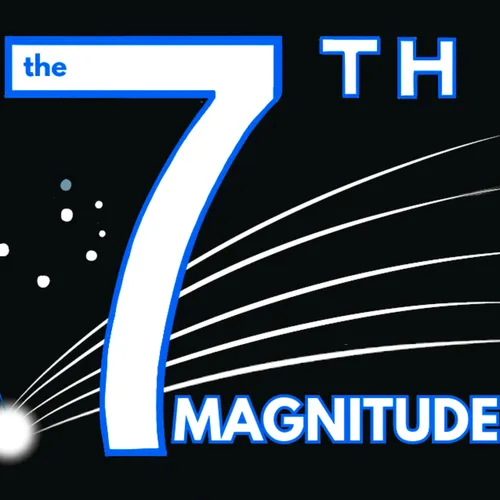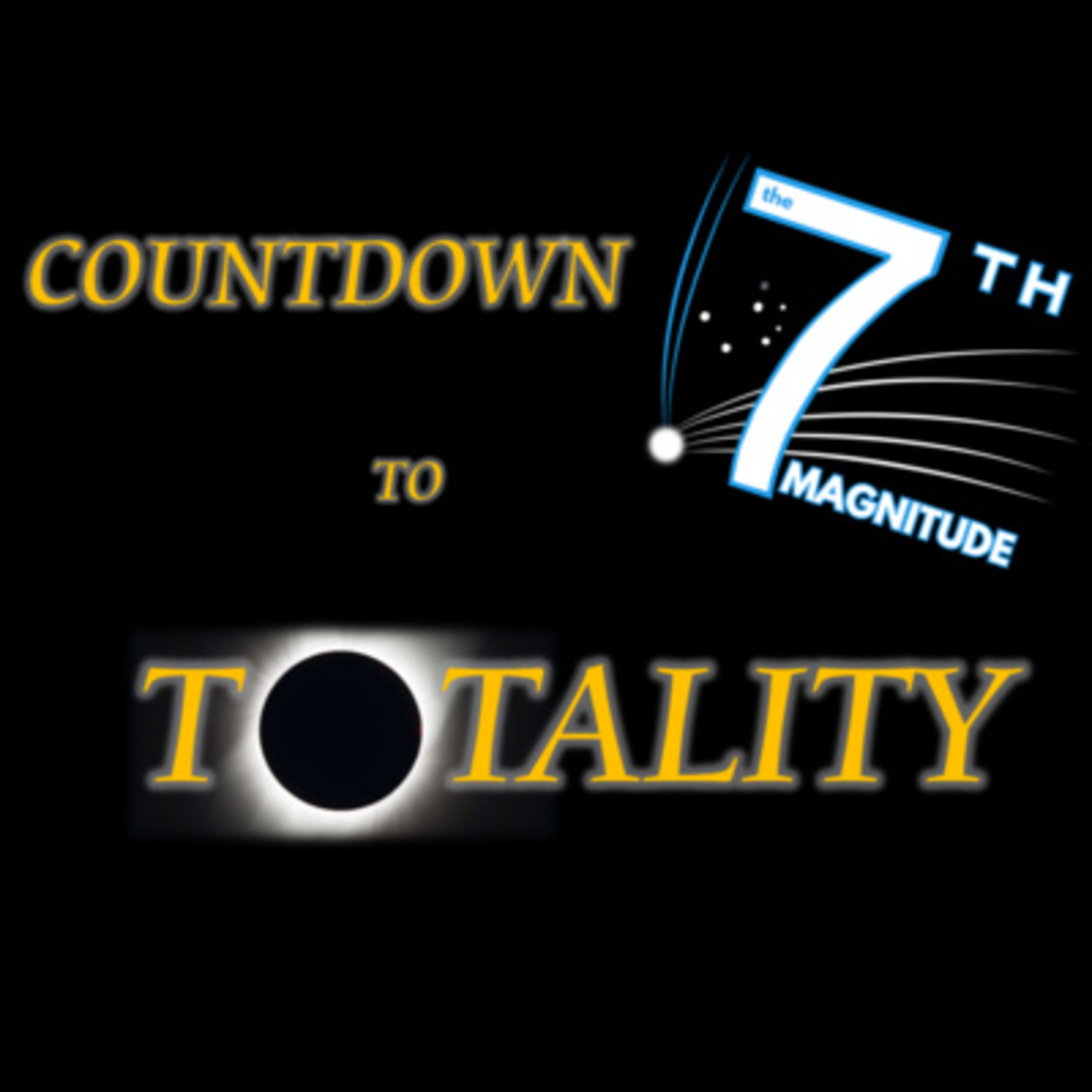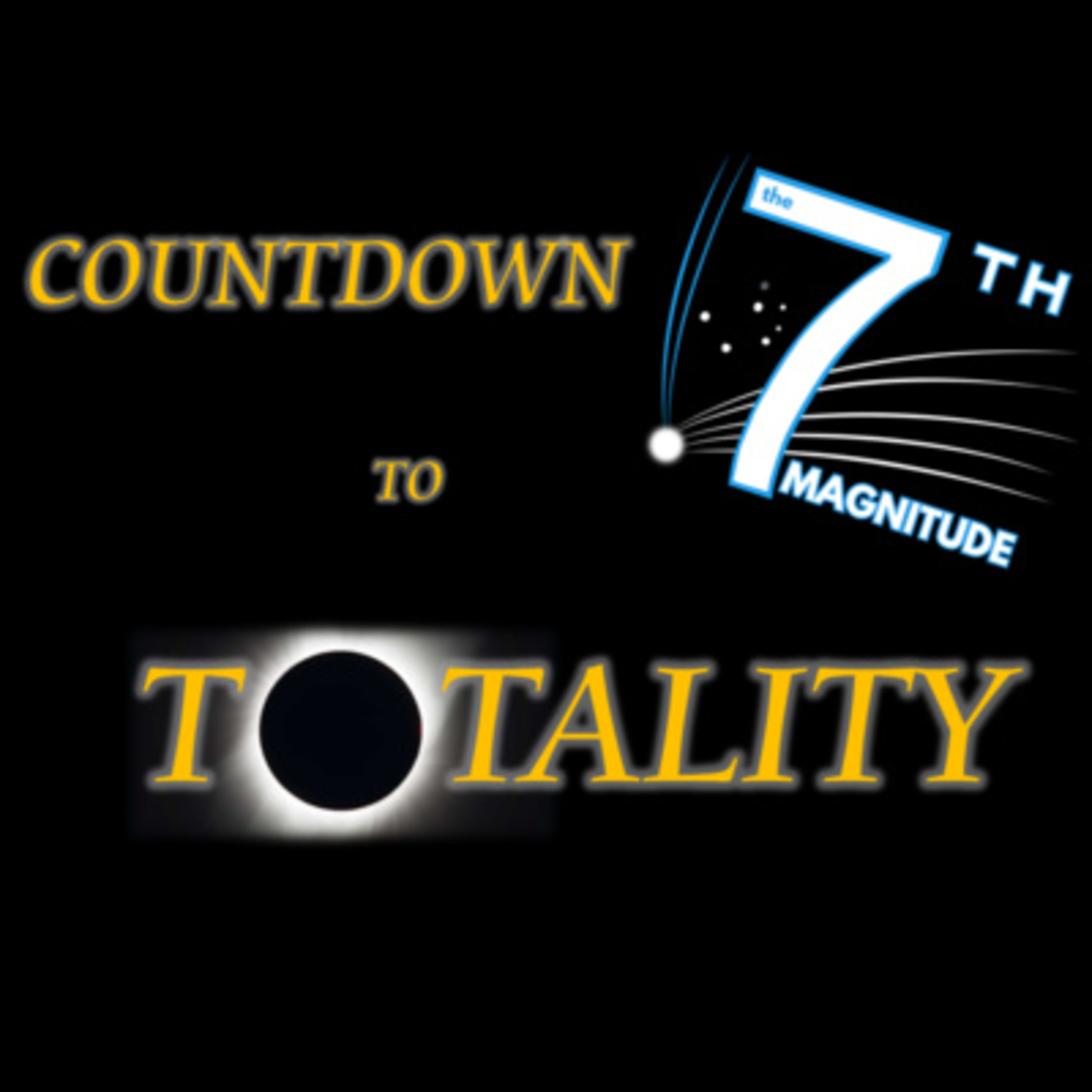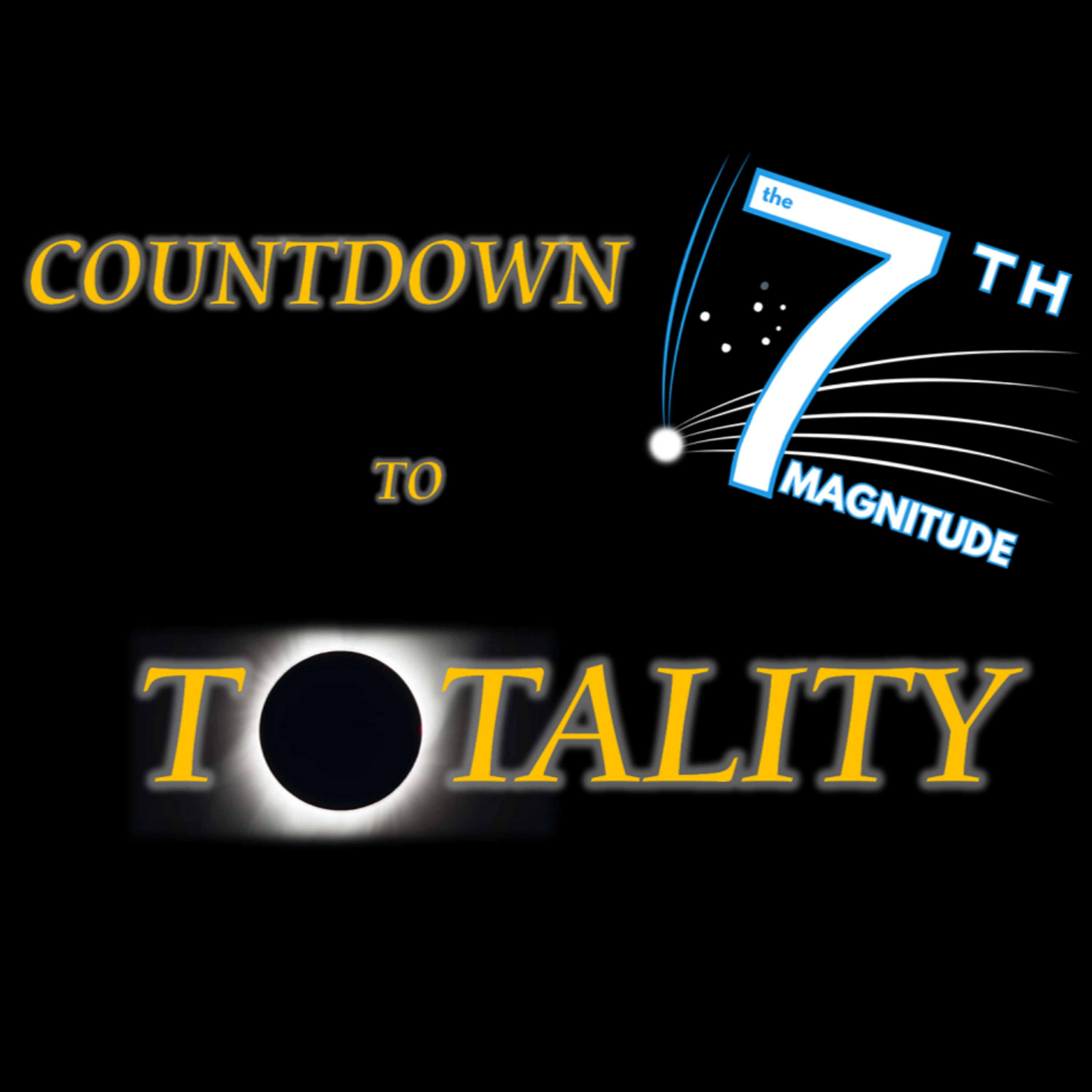
The 7th Magnitude
Looking up on a clear, dark night inspires a sense of amazement. The darker your sky, the more you begin to wonder, "What IS that?" But even basic questions like "Is the moon really visible in the daytime", or "Why do we get so much daylight in the summer?" may seem like they should be obvious.
In astronomy, apparent magnitude is the rating scale for object brightness whether it be a planet, star, or galaxy. Did you know that the lower the number, the brighter the object? Your eyes can see through the 6th magnitude, but in the 7th, you need visual aid. The same can be true for knowledge.
- Update frequency
- every 18 days
- Average duration
- 47 minutes
- Episodes
- 8
- Years Active
- 2023

A Campin' We Will Go...

Amateur Astronomy Clubs: Our First Guest
So, in addtion to the what's going on in the sky, Terry and Tim take some time to discuss how you can find your local amateur astronomy club. For the first time, The 7th Magnitude "Bright Star Seat" …

Eclipses of the Past to 1806 and 1925
From the days of antiquity, solar eclipses were omens, signs, that something was about to occur. If, as astrologer, you missed one... look out! Just ask ancient Chinese astronomers Ho and Hi, or let …

Meteors and Showers Part I: Sorry, No Meteor Baths
REVISED 9/29/2023 (Audio issue fixed!)
Basically, we wanted to discuss meteoroids, meteors, and meteorites. We are not going to deep in this segment, hence the "Part I", because we wanted to save tim…

Solar Safety (Burning Holes in the Eyes is NOT a Good Idea)
Tim and Terry discuss some very imprtant safety tips while viewing a solar eclipse. Their advice, while fron experience, is not a substitute for common sense! Please, to the viewer, when in doubt - D…

Constellations, Asterisms, and Hand Measurements - Oh My!
After going over the definitions of a constellation and an asterism, some sky events, and some news items, we will discuss a few of the differences between official constellations and helpful asteris…

Solar Eclipses of 2023-2024
2023 and 2024 is the year of solar eclipses for the United States. Remarkably, each one is of a different type; October 14, 2023 features an annular solar eclipse while April 8, 2024 will see a total…
